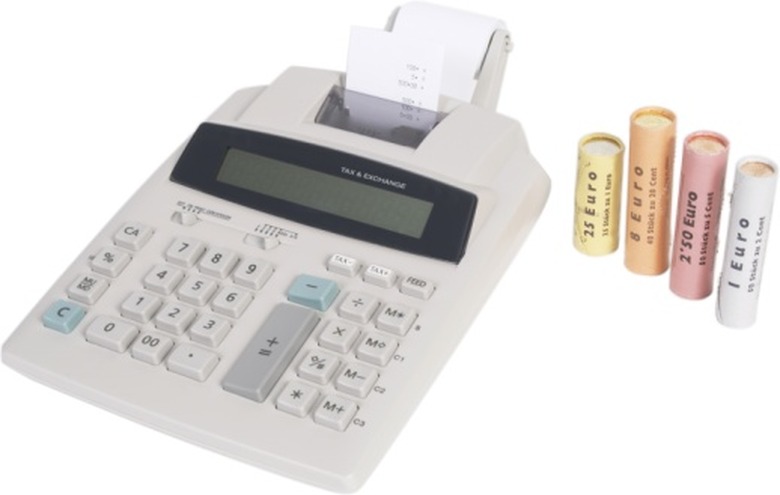How To Determine If Two Ratios Are Equivalent
Ratios express a relationship between two numbers. For example, the ratio 3:5, in terms of shots made and shots taken, means that three out of every five shots goes in. When you have multiple ratios, you may want to determine whether they are equal or if one of them is larger. To compare ratios, you need to have a common second number. By multiplying each ratio by the second number of the other ratio, you can determine if they are equivalent.
Step 1
Multiply both numbers in the first ratio by the second number of the second ratio. For example, if the ratios are 3:5 and 9:15, multiply 3 by 15 and 5 by 15 to get 45:75.
Step 2
Multiply both numbers in the second ratio by the original second number of the first ratio. In this example, multiply 9 by 5 and 15 by 5 to get 45:75.
Step 3
Compare the results. If the results are equal, the two ratios are equivalent. If not, they are not equivalent and the ratio with the higher first number is larger. For example, if you had started with the ratios 3:5 and 12:15, you would get 45:75 and 60:75. Since the second ratio has the higher first number, (60 is greater than 45), 12:15 is larger than 3:5.
Cite This Article
MLA
Kennan, Mark. "How To Determine If Two Ratios Are Equivalent" sciencing.com, https://www.sciencing.com/determine-two-ratios-equivalent-8457237/. 24 April 2017.
APA
Kennan, Mark. (2017, April 24). How To Determine If Two Ratios Are Equivalent. sciencing.com. Retrieved from https://www.sciencing.com/determine-two-ratios-equivalent-8457237/
Chicago
Kennan, Mark. How To Determine If Two Ratios Are Equivalent last modified March 24, 2022. https://www.sciencing.com/determine-two-ratios-equivalent-8457237/
